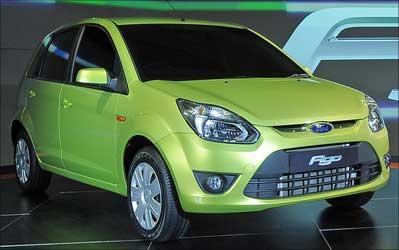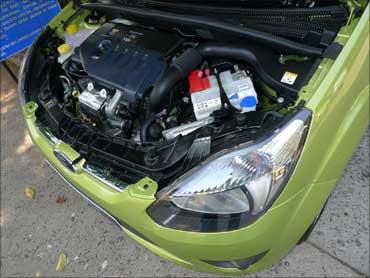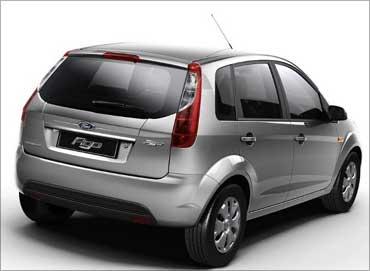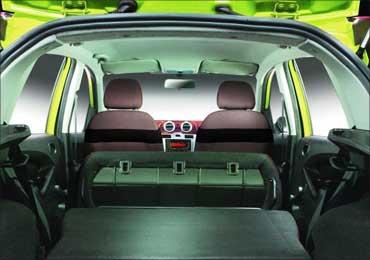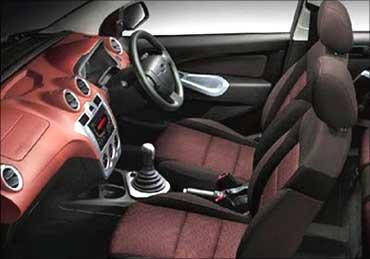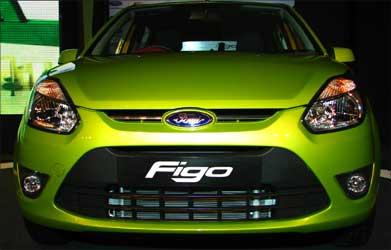1.
How many basketballs can you fit in this room. This was a question asked by Google to one of the job seekers who felt it's odd enough and an answer seems downright impossible.
2.
The global investment banking and securities firm Goldman Sachs asked a job aspirant for the post of an analyst - If you were shrunk to the size of a pencil and put in a blender, how would you get out? The analyst had no idea as to how to analyze this question to give a satisfactory answer.
3.
The smart and the world's biggest social networking site Facebook had a very smart but an off-the-wall question to a candidate applied for a software engineer post - Given the numbers 1 to 1000, what is the minimum numbers guesses needed to find a specific number if you are given the hint "higher" or "lower" for each guess you make - which left him with no guesses.
4.
How many ridges around a quarter? The project analyst candidate was stunned with the whacky question by Deloitte interviewers for which a definite answer was impossible.
5.
A sales associate applicant was asked by the supplemental insurance Aflac - What is the philosophy of Martial Arts? - who really wished he knew a bit of martial arts then.
6.
Explain me what has happened in this country during the last 10 years? - for a consultant post at Boston Consulting - too broad a question to even come close to answering.
7.
IBM asked for a software engineer position: How do you weigh an elephant without using a weigh machine? - A question beyond the reach of a software engineer to even attempt to answer it.
8.
Rate yourself on a scale of 1 to 10 how weird you are - asked at Capital One and the candidate wonders what would be the weirdness of this question.
9.
Amazon asked to a managerial position - If you had 5,623 participants in a tournament, how many games would need to be played to determine the winner? - A question that leaves the candidates with no other options but to call it a quit.
10.
How many traffic lights in Manhattan? - Argus Information & Advisory Services asked during an interview for the position of an analyst.
11.
Apple showed its touch of uniqueness even in the interview with a question quite enough to confuse the candidate - There are three boxes, one contains only apples, one contains only oranges, and one contains both apples and oranges. The boxes have been incorrectly labeled such that no label identifies the actual contents of the box it labels. Opening just one box, and without looking in the box, you take out one piece of fruit. By looking at the fruit, how can you immediately label all of the boxes correctly?
12.
Another question asked for a project manager position at Epic Systems is even funnier - An apple costs 20 cents, an orange costs 40 cents, and a grapefruit costs 60 cents, how much is a pear?
13.
You have 8 pennies, 7 weight the same, one weighs less. You also have a judges scale. Find the one that weighs less in less than 3 steps. - Intel asked this during an interview for validation engineer.
14.
How many bottles of beer are drank in the city over the week? - asked the global information and measurement firm, The Nielsen Company asked for a research analyst position.
15.
Out of 25 horses, pick the fastest 3 horses. In each race, only 5 horses can run at the same time. What is the minimum number of races required? - asked for the position of a Financial Software Developer by Bloomberg LP.
Although they say the intention of such bizarre questions is to evaluate how one would react in stressful and challenging situations, candidates are often effaced by these whacky questions with no definitive answers. We encourage you to drop your comments with any such bizarre questions you have ever come across.




































